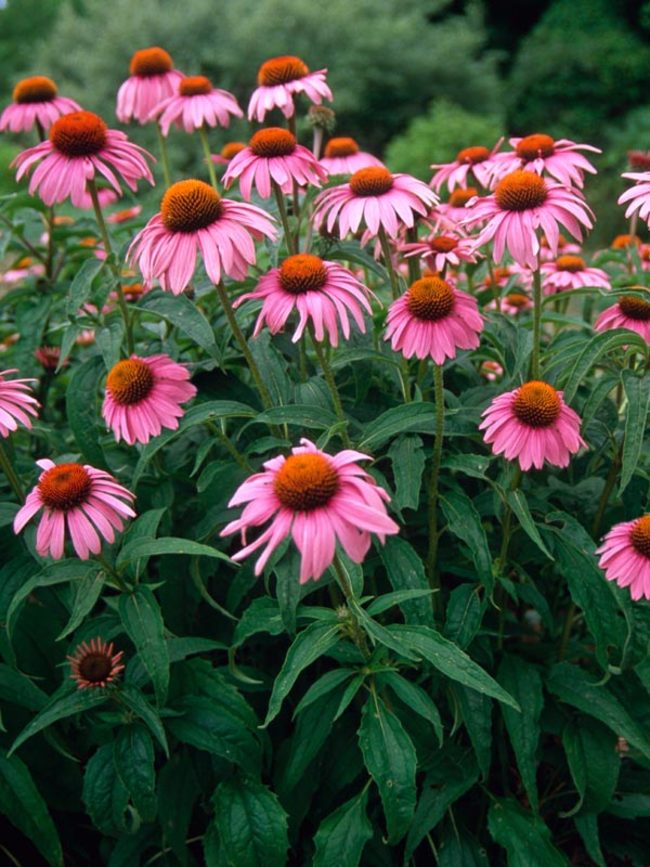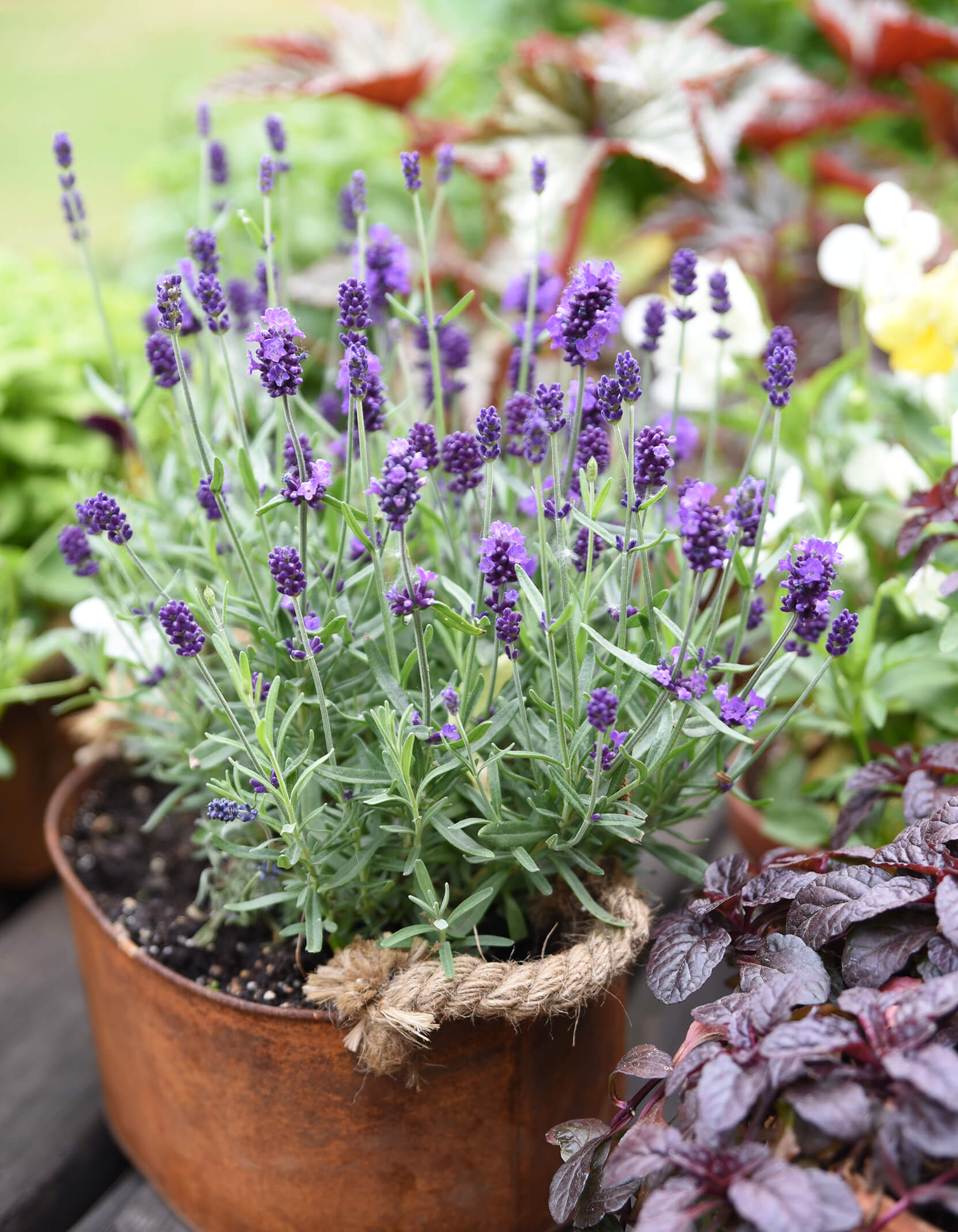St John's Wort Companion Plants: The Best Plants To Grow With This Beautiful Flower
St. John's Wort Companion Plants: The Best Plants to Grow with This Beautiful Flower
St. John's wort (Hypericum perforatum) is a beautiful and versatile flower that can be grown in a variety of settings. It is known for its bright yellow flowers, which bloom in midsummer. St. John's wort is also a medicinal herb that has been used for centuries to treat a variety of ailments.
When choosing companion plants for St. John's wort, it is important to consider the plant's needs. St. John's wort prefers full sun and well-drained soil. It is also a relatively low-maintenance plant, so you don't need to worry about it too much.
Here are some of the best companion plants for St. John's wort:
- Bee balm: Bee balm is a beautiful and fragrant herb that attracts pollinators to the garden. It also helps to deter pests, such as aphids and spider mites.
- Coneflower: Coneflower is another great choice for companion planting with St. John's wort. It is a tall and stately flower that comes in a variety of colors. Coneflower also helps to attract pollinators to the garden.

- Echinacea: Echinacea is a medicinal herb that is closely related to coneflower. It is also a tall and stately flower that comes in a variety of colors. Echinacea helps to attract pollinators to the garden and can also be used to treat a variety of ailments.

- Lavender: Lavender is a beautiful and fragrant herb that is also a good companion plant for St. John's wort. It helps to deter pests, such as mosquitoes and flies. Lavender also helps to improve the soil quality in the garden.

- Yarrow: Yarrow is a hardy and drought-tolerant herb that is also a good companion plant for St. John's wort. It helps to attract pollinators to the garden and can also be used to treat a variety of ailments.

These are just a few of the many great companion plants for St. John's wort. When choosing companion plants, it is important to consider the plant's needs and the desired effect. By carefully selecting companion plants, you can create a beautiful and productive garden that is beneficial to both you and the environment.
St. John's wort is a popular medicinal herb that can be grown in the garden. It is important to choose companion plants that will benefit the growth of st. John's wort. Some good companion plants for st. John's wort include:
- Yarrow
- Chamomile
- Lavender
- Mint
- Echinacea
For more information about st. John's wort companion plants, please visit Garden Wiki.
FAQ of st john's wort companion plants
- What are the most common companion plants for St. John's wort?
Some of the most common companion plants for St. John's wort include:
Bee Balm: Bee balm attracts pollinators, which can help to pollinate your St. John's wort plants. It also helps to repel pests, such as mosquitoes and aphids.
Chives: Chives help to repel pests, such as aphids and spider mites. They also help to improve the flavor of St. John's wort flowers.
Chrysanthemums: Chrysanthemums help to repel pests, such as Japanese beetles and spider mites. They also help to improve the drainage of the soil around St. John's wort plants.
Lavender: Lavender helps to repel pests, such as moths and mosquitoes. It also helps to improve the flavor of St. John's wort flowers.
Marigolds: Marigolds help to repel pests, such as nematodes and whiteflies. They also help to improve the drainage of the soil around St. John's wort plants.
Where is the best place to plant St. John's wort?
St. John's wort thrives in full sun to part shade and moist, well-drained soil. It is important to avoid planting St. John's wort in areas where it will get too much shade, as this can stunt its growth.
- What are the best growing conditions for St. John's wort?
The best growing conditions for St. John's wort include:
Full sun to part shade
Moist, well-drained soil
A pH level of 6.0 to 7.0
Regular watering
Fertilization every 6 to 8 weeks
What are some of the benefits of companion planting with St. John's wort?
Companion planting with St. John's wort can offer a number of benefits, including:
- Increased pollination
- Reduced pest infestations
- Improved drainage
- Enhanced flavor
- Increased plant vigor
Image of st john's wort companion plants
Wood's Purple Aster is a tall, airy plant that blooms in late summer and fall. It has deep purple flowers that attract butterflies and other pollinators.
Hairy Wild Petunia is a low-growing, spreading plant that blooms in early summer. It has bright pink flowers that attract hummingbirds and bees.
Montrose White Calamint is a compact, bushy plant that blooms in early summer. It has white flowers with a sweet scent that attracts butterflies and bees.
Pixie Meadowbrite™ Coneflower is a short, compact plant that blooms in late summer. It has bright orange flowers that attract butterflies and bees.
Bee Balm is a tall, upright plant that blooms in early summer. It has red, pink, or white flowers that attract bees and other pollinators.
Lavender is a tall, upright plant that blooms in midsummer. It has purple flowers that attract bees and other pollinators.
Yarrow is a tall, upright plant that blooms in midsummer. It has white, yellow, or pink flowers that attract bees and other pollinators.
Chives are a low-growing, spreading plant that blooms in early summer. They have purple flowers that attract bees and other pollinators.
Marigolds are tall, upright plants that bloom in late summer. They have orange, yellow, or red flowers that attract bees and other pollinators.
Nasturtiums are low-growing, spreading plants that bloom in early summer. They have orange, yellow, or red flowers that attract bees and other pollinators.









Post a Comment for "St John's Wort Companion Plants: The Best Plants To Grow With This Beautiful Flower"